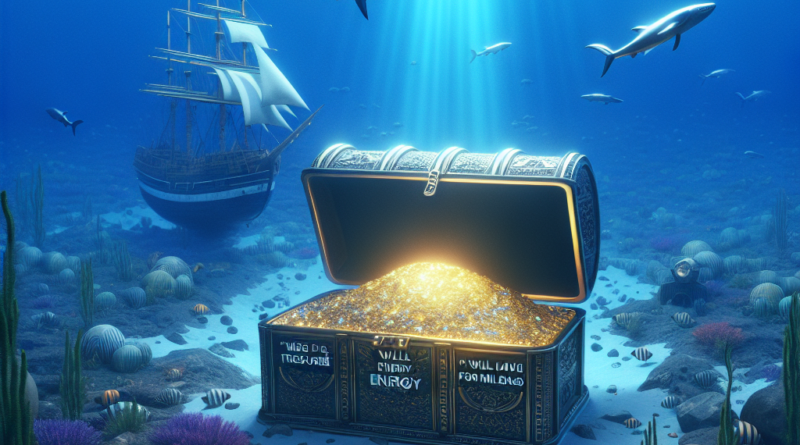Argentina Discovers Underwater Treasure: “We’ll Have Energy for Millennia”
Argentina’s Historic Leap into Sustainable Energy
Argentina has made a groundbreaking move in its quest for sustainable energy sources.
A team of researchers from the National Technological University of Buenos Aires has engineered an innovative system designed to harness energy from ocean waves.
This pioneering project not only aims to generate clean energy but also serves as a pivotal transition from the current management of the country’s natural resources to a more sustainable future.
The development of this technology holds significant promise for Argentina’s energy security and environmental sustainability on a global scale.
Here’s how it operates.
Harnessing Marine Energy in Argentina
The UTN BA project, led by engineer Alejandro Haim, focuses on capturing wave energy along the coastlines of Mar del Plata and Necochea.
This mechanism is both innovative and distinct from prior techniques employed worldwide.
Specifically, the project utilizes floating buoys that rise and fall with the ocean’s waves.
This vertical movement is converted into mechanical energy, which is ultimately transformed into electricity by a generator.
Each buoy is estimated to produce up to 30 kWh of energy.
While this output is contingent on wave conditions, the project’s scalable nature allows for the installation of multiple buoys to enhance energy generation.
The project’s potential is substantial.
Argentina is actively seeking to diversify its energy portfolio, and this advancement could significantly lower its reliance on fossil fuels, thereby playing a crucial role in combating climate change.
Moreover, the domestic development of this project presents a unique opportunity to exploit marine natural resources, reaffirming Argentine maritime sovereignty.
When Will the Marine Energy Project Come to Life?
Currently, the UTN team has successfully tested a prototype system of smaller buoys in a wave channel at the University of the Republic in Uruguay and at the National Water Institute in Ezeiza, Argentina, yielding positive results.
The next steps involve constructing a full-scale device and conducting sea tests.
The oceanic conditions along Argentina’s shores, particularly in Mar del Plata and Necochea, are optimal for such projects.
This could establish Argentina as a global leader in wave energy technology.




